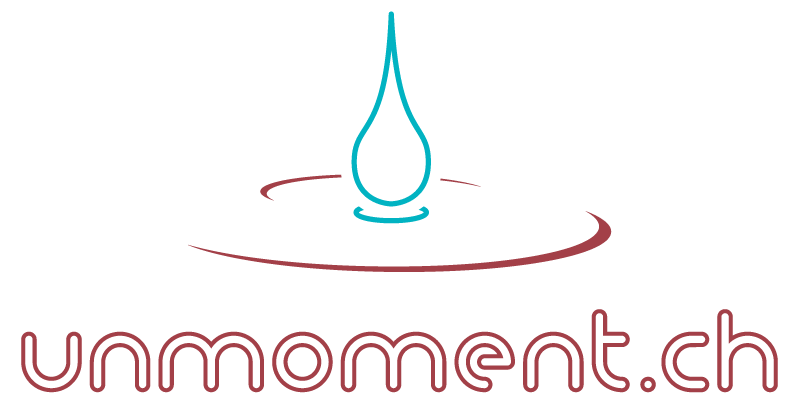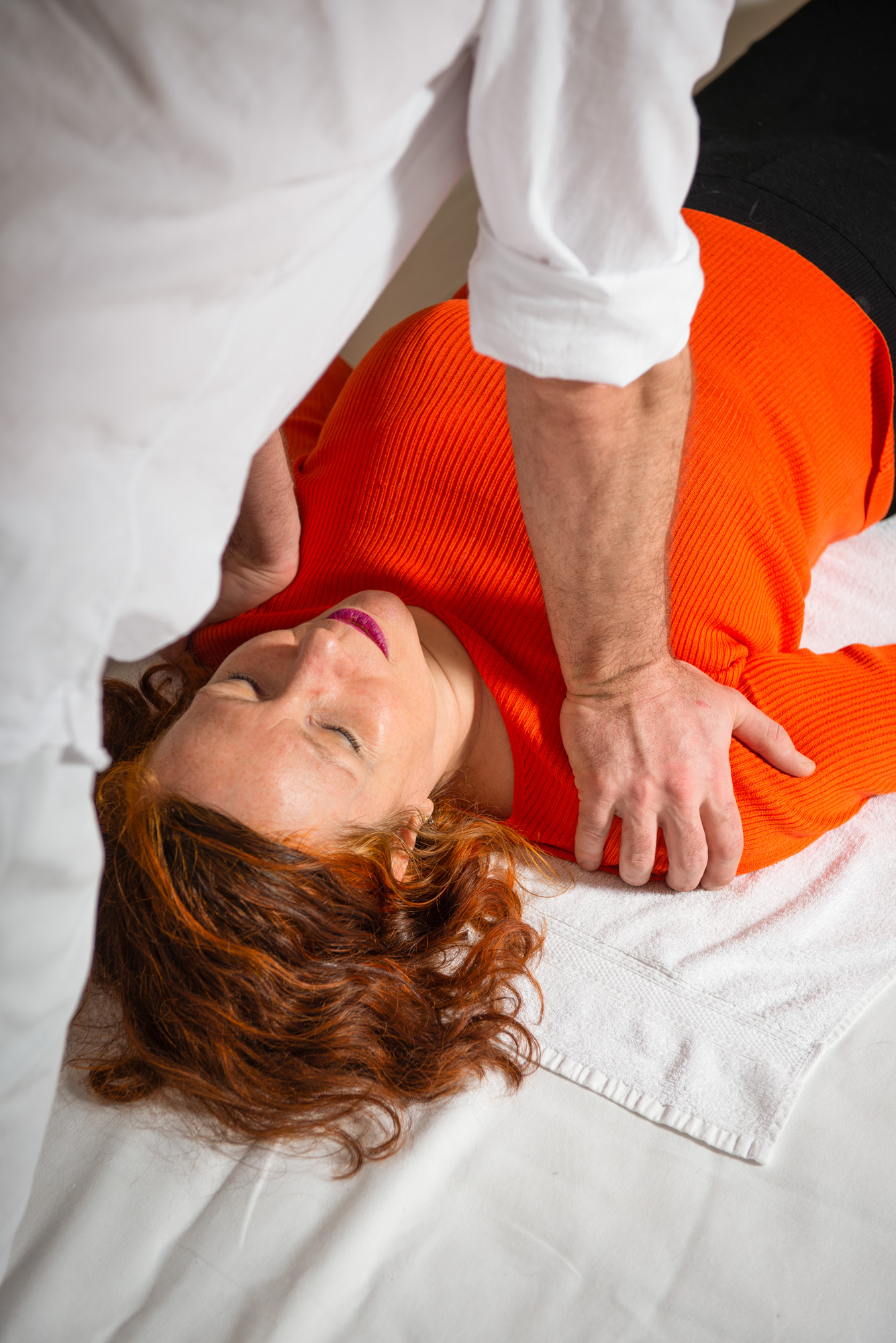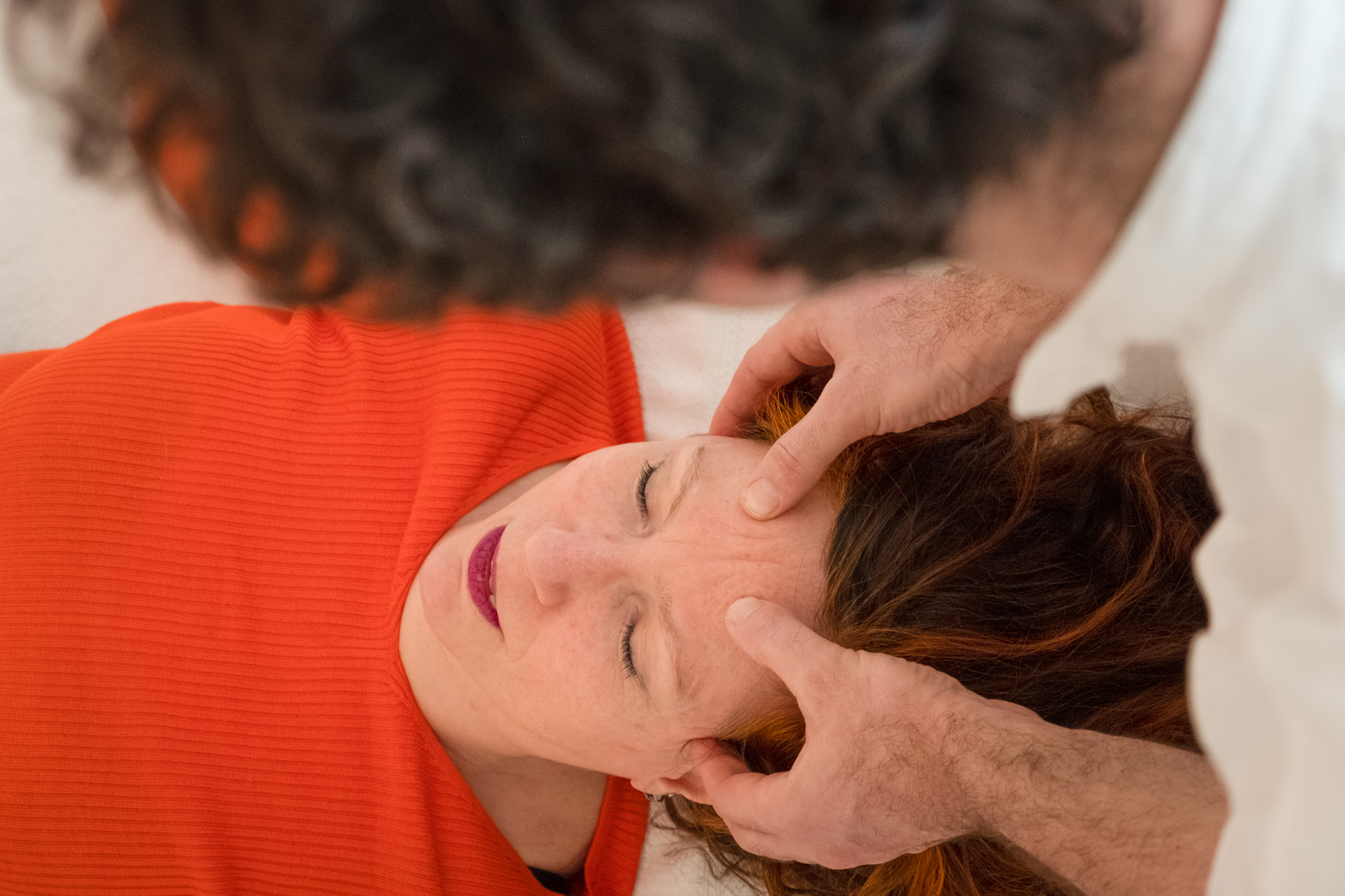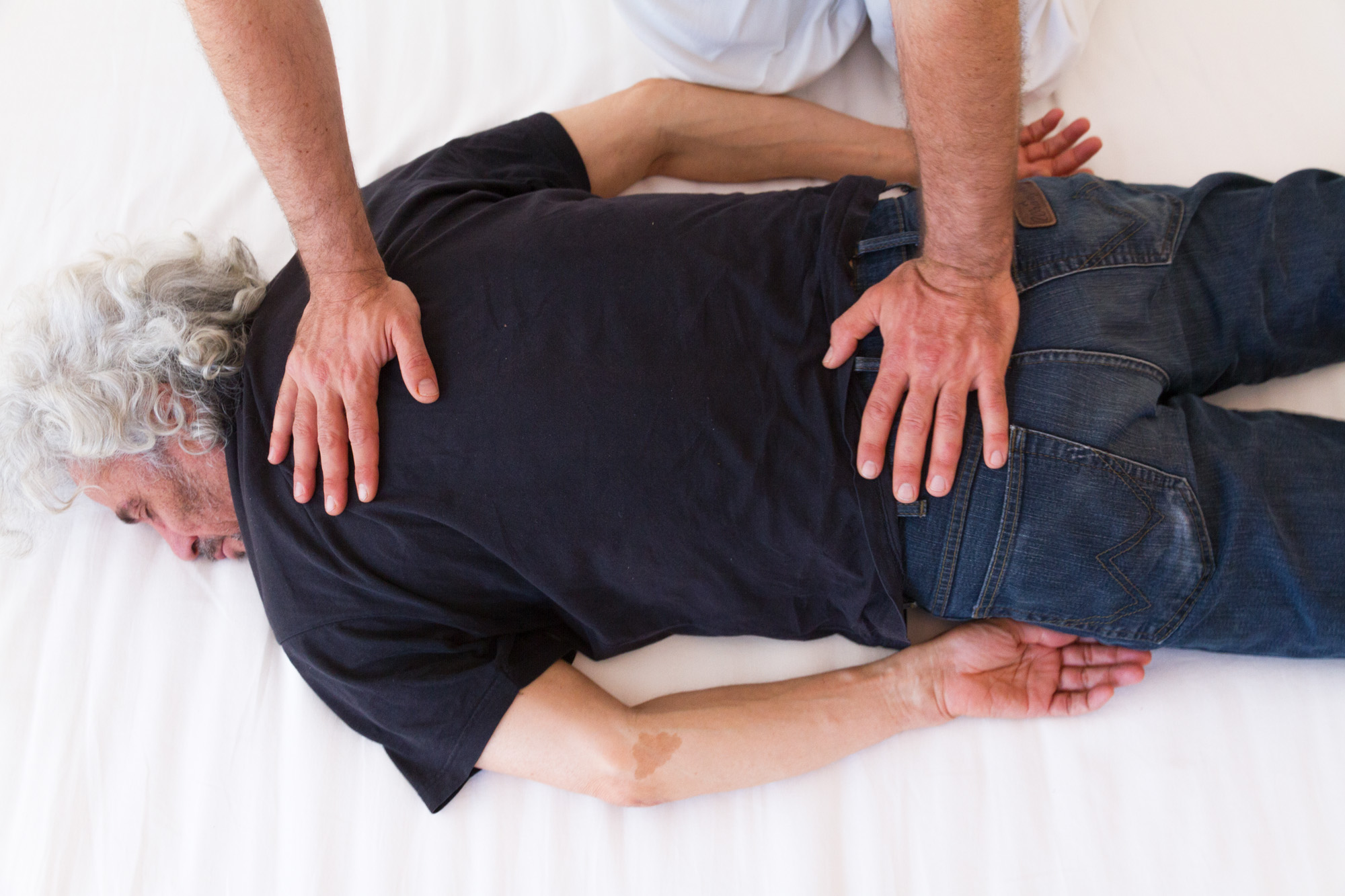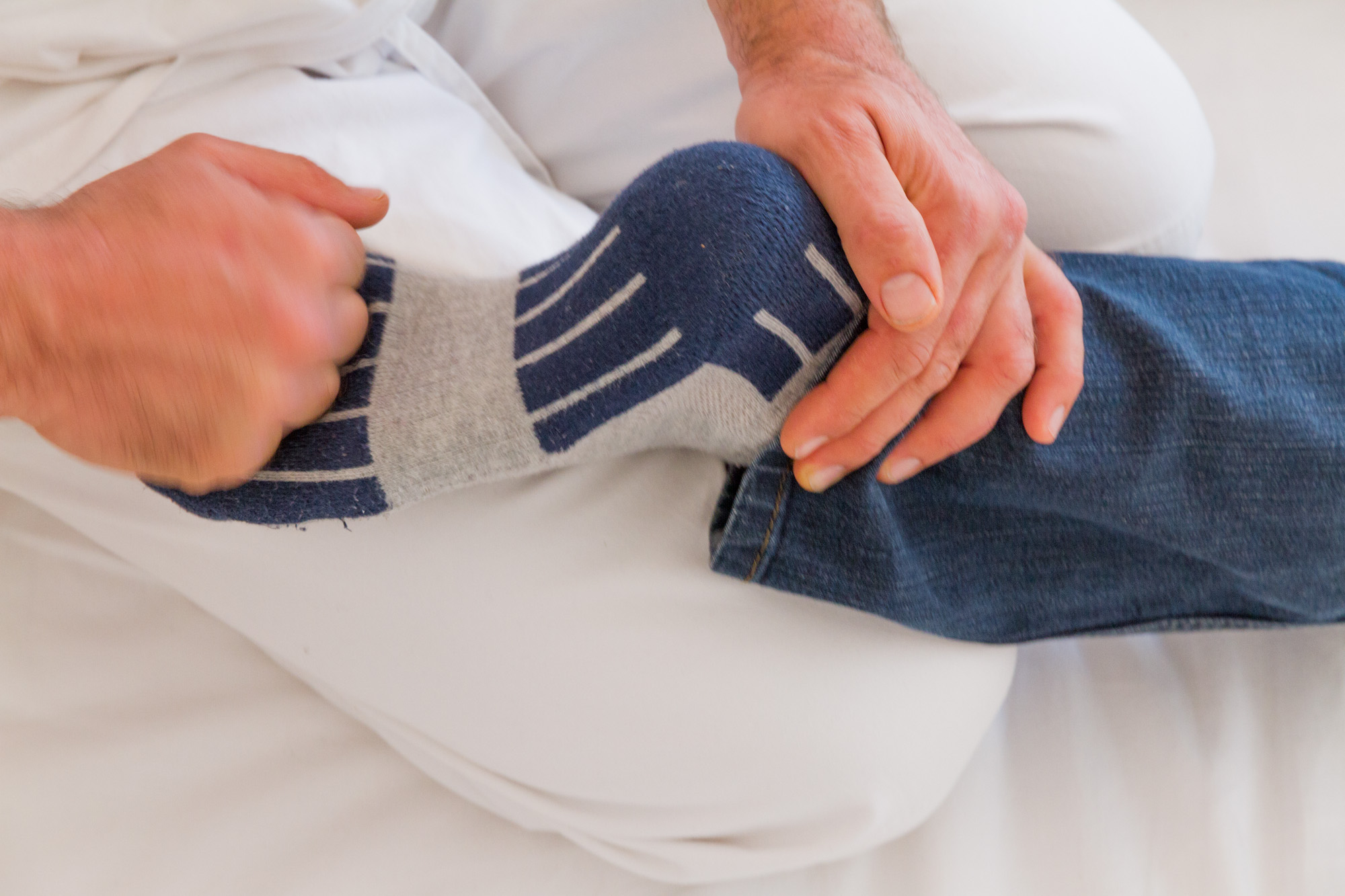Over the years spent working in the health field, the range of techniques I use has grown.
1993 – 2003
Since my adolescence, I practiced classical massage, energy therapy and geobiology as an autodidact. This allowed me to approach the living in a concrete and subtle way, while developing my intuition in order to feel what is under the surface. Today, I can listen with confidence to my intuition, which I transform into gestures that will be directed towards the body areas to be relieved.
2003 – 2012
About ten years later, in 2003, I joined the International School of Shiatsu in Kiental, which helped me to structure the techniques previously learned (diploma work linking shiatsu and geobiology / annexes (in french)). Shiatsu massage is a therapy inspired by traditional Chinese medicine, which simultaneously regulates physical, mental and emotional activity through pressure on the body.
Shiatsu massage targets acupuncture points and meridians according to the theory of the seven levels of touch as well as the principle of balancing “full” and “empty”. This practice aims to restore the circulation of vital energy in areas of the body where it is either lacking or in excess. It should be noted that everything concerning the meridians and acupuncture points is linked to the connective tissues. The latter are the physiological substrates of the acupuncture meridians and the fascia[1].
Recently, studies have discovered that the fascia tissues have motion and pain receptors. This makes the fascia the largest sensory organ in the human body and, unlike the skin which feels touch on the surface (2 dimensions), the fascia allows feeling in the depths of the body (3 dimensions). Fascia constantly sends information to the brain via the vegetative nervous system (which regulates various automatic functions of the body and on which shiatsu massage also acts). Fascia also have the ability to memorize affects in the form of tensions or lacknesses. The fascia are therefore the substrate that will connect and unify all the different parts of the body.
2012 – now
The place of fascia is therefore of outmost importance in touch therapy. Hence, I continued to sharpen my senses and my touch after passing my shiatsu diploma. Learning Shintai allowed me to come into contact with the vibration and the subtle movements of the fascia. This set of techniques aims to release the somatic memories of the fascia (from the surface to the depths of the body) in order to unlock the tissues and make the retained energy available again. This results in the disappearance of certain pains, and also a renewed vitality.
Subsequently, I merged the Shintai’s specific techniques with Tom Myers’ Anatomy Trains. The latter describes the major myofascial meridians and their continuities in the body. To give a simple example, by following the posterior superficial line, it is possible to link the heel and the skull through the back of the legs, the sacrum, the spine and the neck. With the right touch, it is possible to solve cervical problems by treating the ankle.
During my career, I also acquired knowledge in Chinese medicine, oligotherapy, nutrition, meditation, qi gong and metaphysics. All the techniques described above are used according to each session. They allow me to approach and treat each person in the broadest and most personalized way possible. I determinate the patient’s position in his evolutionary process and try to understand where the sickness comes from and where it goes.
[1] To fully understand the involvement of fascia in body therapy, a few anatomical details are necessary. The structure of the body is made up of several tissues in addition to the different organs:
- Bones give rigidity and stability to the structure.
- Muscles allow movement.
- Tendons and ligaments connect muscle and bones.
- Nerves, blood and lymphatic vessels allow information to be transported between different parts of the body through regulatory loops.
- The skin defines the boundary and manages the communication between “inside” and “outside”.
- Fascia is a network of connective tissues that connect all the above tissues together.
ref: https://www.ligues-rhumatisme.ch/blog/2016/que-sont-les-fascias
